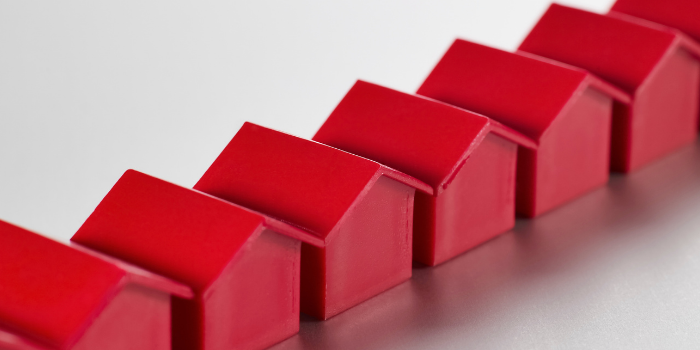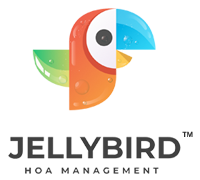Accidents happen! That’s why it’s imperative that board members take the necessary steps to protect their association. If your HOA offers amenities, the risk for accidents increases, and because accidents are unavoidable, time consuming, and often very costly, it’s a good idea to take a look at safety concerns that could impact your HOA’s most popular common areas:
Playground
Regular inspections of the community playground to ensure all equipment is operating properly is a must! Look for hazards such as cracked cement, potential hazards in grassy areas on or around the playground and inspect play equipment for loose nuts and bolts.
Make sure that playground rules are up-to-date and clearly posted. For example, adult supervision should be required for all children playing on the property, rules should discourage rough horseplay, and it’s a good idea for a site manager or board member to drop by occasionally during peak hours to ensure that rules are being followed.
Pools
Most everyone loves the pool during the hot summer months, but pools are arguably the most likely common area for an accident to occur. To prevent injuries, the pool should have clear and concise signage posted, at minimum. If the association can afford to hire a lifeguard, all the better! If a lifeguard is not financially feasible, the verbiage on all signage should clearly state that people’s personal safety while in or on pool grounds is one hundred percent their safety.
Also consider contacting your HOA’s insurance company to conduct regularly scheduled inspections to assess high risk areas. While no pool can be completely accident-proof, this can go a long way in protecting members of the association and their visitors from physical injury.
Clubhouse
The HOA’s clubhouse poses many concerns because you must assess risk for both inside and outside of the facility. Consider the legal implications involved with hosting certain events on HOA property. Commercial interests used on shared property may not be covered, and are often discouraged by some insurance carriers.
Make sure that the facility is being used by members only. If you open your clubhouse up for community use, the onus of financial responsibility greatly increases for the association. Consider very carefully the types of activities that can take place at the clubhouse. Discourage commercial use, such as hosting Pampered Chef, Mary Kay, Scentsy, Thirty-One Gifts, and other similar type parties in the association’s clubhouse.
Consider contracts that clearly put the responsibility of personal safety on the members using the facility. This is especially important when/if the pool and clubhouse are connected! Require that members put down deposits to protect the association from any damages.
To protect homeowner safety in general, consider the following safety tips:
- Regularly inspect sidewalks surrounding the clubhouse property for any cracks or damage with no uneven surfaces.
- Make sure the clubhouse tile, carpet, wood, or laminate flooring is in good condition to eliminate trip hazards.
- Keep all walkways clear of foreign objects such as unsecured cords, trash, or small objects.
- Post signage around the building to remind members of general guidelines and expectations while using the facilities.
Gates
When it comes to the association’s gates, you must protect the association from outside influences and protect members of the association from unfortunate incidents where a person’s physical well-being is not harmed by interactions with the gate. To protect homeowners from theft, consider installing cameras that take pictures every second and are stored on a separate PC for at least 30 days. This will aid police in catching anyone who enters the community with ill intent, and if anyone files a claim for a gate-related injury, there will be video record detailing what actually occurred. Regularly inspect the gates to confirm they’re operating properly and check to ensure that surrounding walkways are in good condition and free of debris. This will help minimize the potential for injuries.
You’ve likely heard the old saying, “An ounce of prevention is worth a pound of cure.” No matter how careful a board is, accidents are still bound to happen from time to time. When they do, injury claims can be financially devastating to the association, as well as physically and emotionally damaging to the individual(s) who experience such an event! This is why HOA boards should do all they can to remain vigilant and ensure that the association’s amenities are as safe as possible at all times.
By taking the necessary steps to check your association’s amenities regularly, the board can minimize risk and maximize the community’s enjoyment! Contact JellyBird HOA Management today to learn more about how we can help streamline the management of your HOA community.
Also, visit Boardline Academy for more tips on how to be the best HOA Board Member you can be.

